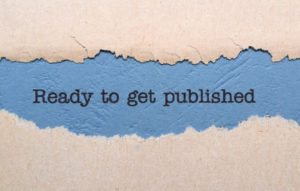Quick links, bringing you great articles on writing from all over the web.
When I was pitching my novel to agents, I didn’t think of what would happen after you signed a contract with a publisher. To me, the process after the contract was like a grand party locked behind a door – I didn’t have an invitation, so I would not get to see what the fun of the party was. But after ten years of writing and eighty two rejection letters, to my uttermost joy, I received the invitation – I signed the contract with
Sourcebooks, and my two novels about Empress Wu,
The Moon in the Palace and
The Empress of Bright Moon, were finally published in March and April this year. I would love to share my experience of the process with you.
After the signing, I received a heart-warming welcome letter from my editor, with whom I would work for the next two years. The letter was thrilling to read, and it contained all the important dates: such as the due date for the developmental edits, the due date for the copyedits, the date when it was likely I would receive the book cover design, the date when I would receive the back cover copy, and finally the date when I absolutely couldn’t make any changes to the manuscript, when it was closed for ARC.
I read the letter at least five times to get familiarized with the terms such as ARC, advance reader copy, and the back cover copy, the paragraphs printed at the back of a book – I didn’t know my editor would write that, not me. The letter, I believe, was very important for a new writer to understand the steps of the process.
The real work began when I received the edits, which contained a list of bigger-picture problems – the opening chapters of the book, for example. Yes, the most important chapters I spent years writing. My editor thought they were too long and asked to get into the main character’s journey faster. I considered the comments, clarified some questions, and dove into revision. I cut some scenes, adding more clues and descriptions to a few important characters, and revised them on Track Changes, as my editor had requested. Then I submitted the revision before the deadline. And I thought, now what?

 By Weina Dai Randel
By Weina Dai Randel